At this point it should be easy to understand… if we all worked well with one another, our patients can get better faster and without error. But how many times have you had a patient come to you and say… well my previous PROVIDER said (insert whomever/whichever suits your fancy)… and instead of embracing the previous health care provider and his/her findings and/or treatment plan, we decide he or she was wrong… Interprofessional, collaborative practice requires that we incorporate those other providers into our patient care, because even if we might not agree, something can be gleaned from his/her findings and care.
So, how do we get there… how do we get to a place where we have mutual respect and understanding for each other’s disciplines? This is where IPE comes in… taking a collaborative learning environment facilitated by faculty and practitioners from various disciplines can help students understand how to complement one another’s skills and scopes of practice. At Indiana State University, we try to help students understand collaborative practice early in the curriculum, engaging them in case studies in our Introduction to Health Professions Course.7 Then, as they approach the professional stage of the Athletic Training Program, they engage in teambuilding activities8 and are evaluated on their ability to work within a team to earn admission.9 At various stages throughout the curriculum, they engage in activities forcing interaction with other health care and wellness professions through an IPE day,10 a mass casualty event, and an Emergency Medicine Collaborative.11 Whether the activities are large or small, they are connected to the core competencies of interprofessional practice (IPP), to help them work toward understanding the values and ethics of IPP and the roles and responsibilities of collaborative practice, while honing skills in interprofessional communication, interprofessional teamwork and team-based care.12
Well many of us think we know what other professions do… research suggests otherwise.11,13 We need to do a better job of working well together, but also working toward understanding our roles more thoroughly, so we can transition patients to the expert provider when appropriate. The patients need us to do a better job of knowing who is best for them. Aren’t they the reason we got into this business in the first place?
If you are interested in knowing more about IPE and IPP, follow @GamesKenneth and @isuathltraining while we attend the All Together Better Health Conference in Pittsburgh, PA this week. Have questions about IPE, IPP and Athletic Training, use #at4at.
References
1. Institute of Medicine Committee on the Health Professions Education Summit. Health Professions Education: A Bridge to Quality. Greiner AC, Knebel E, eds. 2003; National Academy Press, Washington, DC. 11. Andrus NC, Bennett NM. Developing an interdisciplinary, community-based education program for health professions students: the Rochester experience. Acad Med. 2006;81(4):326-331.
2. Center for Advancement of Interprofessional Education (CAIPE). http://www.caipe.org.uk. Accessed November 6, 2013.
3. Barr H, Koppel I, Reeves S, Hammick M, Freeth D. Effective Interprofessional Education: Argument, Assumption & Evidence. Oxford, UK: Blackwell; 2005.
4. Brashers VL, Curry CE, Harper DC, et al. Interprofessional health care education: recommendations of the National Academies of Practice expert panel on health care in the 21st century. Issues in Interdisciplinary Care: National Academies of Practice Forum. 2001;3(1):21-31.
5. Freeth D, Hammick M, Reeves S, Koppel I, Barr H. Effective Interprofessional Education: Development, Delivery & Evaluation. Oxford, UK: Blackwell; 2005.
6. TeamStepps: Strategies and Tools to Enhance Performance and Patient Safety, Agency for Healthcare Research and Quality, U.S. Department of Health and Human Services. http://teamstepps.ahrq.gov. Accessed November 6, 2013.
7. Games KE, Eberman LE, Kahanov L. Integrating IPE into “Pre-Professional” Educational Experiences Using Case Studies. Presented at the All Together Better Health VII Conference, Pittsburgh, PA on June 7, 2014.
8. Eberman LE, Kahanov L, Games KE. Teamwork Competence… As Important as Our Clinical Competence. Presented at the All Together Better Health VII Conference, Pittsburgh, PA on June 6, 2014.
9. Eberman LE, Kahanov L, Young A, Games KE. Interprofessional Admissions Approach Using Team Dynamics Evaluation. Presented at the All Together Better Health VII Conference, Pittsburgh, PA on June 6, 2014.
10. Kahanov L, Eberman LE, Games KE. Comparison of Differing Interprofessional Education Activities to Assess Student Outcomes. Presented at the All Together Better Health VII Conference, Pittsburgh, PA on June 7, 2014.
11. Eberman LE, Jaeger JE, Landis M, Williams DJ, Livingston LB, Kahanov L. Emergency Medicine Collaborative: Interprofessional Practice in Emergency Care. Presented at the All Together Better Health VII Conference, Pittsburgh, PA on June 8, 2014.
12. Interprofessional Education Collaborative. Core Competencies for interprofessional collaborative practice. 2011.
13. Coffey D, Eberman LE, Kahanov L, Southard E. Interprofessional Practice: What Health Care Provider Students Know about other HCPs. J Interprof Care. 2014 (In Process).

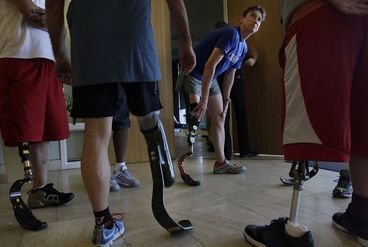

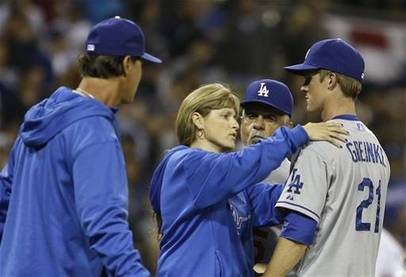

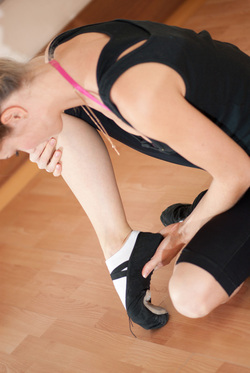

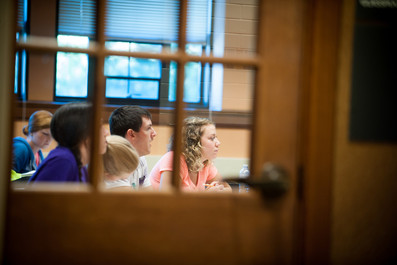
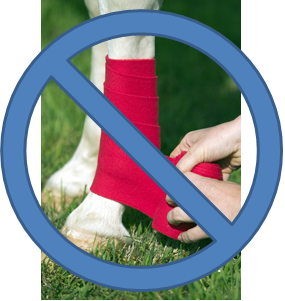
 RSS Feed
RSS Feed
